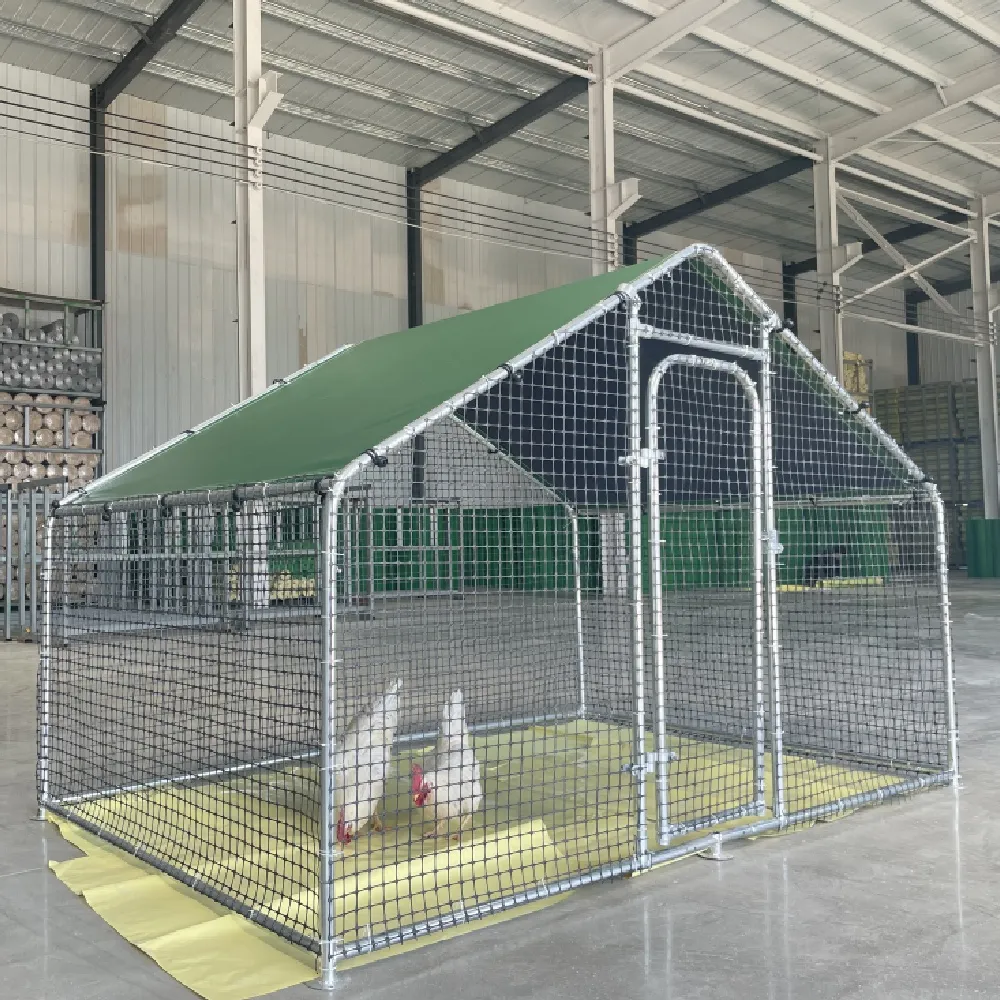Heavy steel grating is an often overlooked yet crucial component in the infrastructure of both industrial and commercial applications. Used in everything from flooring to ventilation, this durable material holds significant weight—both literally and figuratively—in the field of construction and design. Understanding the ins and outs of heavy steel grating not only helps industries select the right product for their needs but also enhances the longevity and safety of their projects.

Heavy steel grating is predominantly fabricated from carbon steel, stainless steel, or aluminum. Each of these materials offers distinct advantages, making the grating suitable for a wide range of applications. Carbon steel gratings are known for their robust structural integrity, making them ideal for environments that require high load-bearing capacity and durability. On the other hand, stainless steel gratings are prized for their corrosion resistance, making them perfect for areas exposed to moisture or harsh chemicals. Aluminum grating is often selected for its lightweight nature, reducing the load on the structure while retaining significant strength.
One of the primary applications of heavy steel grating is in industrial walkways and platforms. In these settings, they serve not only as supportive flooring systems but also play a critical role in ensuring worker safety. The open design of the grating allows dirt, snow, or any other foreign particles to fall through, providing a cleaner, safer surface. This feature is particularly crucial in industries like oil and gas, where slipping hazards must be minimized.

Additionally, heavy steel grating is commonly utilized for trench covers and drainage systems. Its high strength-to-weight ratio makes it a reliable covering for trenches, protecting both pedestrians and vehicles from potential hazards. Furthermore, it facilitates effective drainage by allowing water to pass through, reducing the risk of flooding and maintaining access to underground utilities.
Choosing the right grating involves understanding the specific requirements of the project, including load capacity, environment, and aesthetic considerations. Manufacturers and suppliers often provide custom solutions tailored to these diverse needs, leveraging advanced technologies like CAD (Computer-Aided Design) to ensure precision in every piece.
heavy steel grating
A pivotal aspect of the expertise surrounding heavy steel grating is the manufacturing process, which involves a series of steps including forging, welding, and galvanizing.
Each step is crucial for optimizing the grating’s performance. For instance, galvanizing—an anti-corrosion technique—ensures the longevity of the grating in corrosive environments, extending the lifespan of the installation. Welded grating, particularly, boasts superior strength due to the fusion of the joint, which is vital in high-stress applications.
In terms of regulatory compliance, heavy steel grating adheres to various standards and criteria set by industry bodies, ensuring not only product integrity but also user safety. Certifications such as ISO 9001 highlight a manufacturer’s commitment to quality management, while compliance with OSHA standards provides assurances about workplace safety.
Trust plays a significant role in the selection of heavy steel grating suppliers. With many manufacturers available, choosing one that is reputable and certified ensures that the product meets all necessary specifications and safety standards. Customer testimonials and case studies can offer insights into a supplier’s track record, highlighting past successes and potential challenges that were overcome.
Moreover, advancements in technology have begun to influence the development of steel grating. Sustainable manufacturing practices and new materials, such as hybrid steels, are becoming increasingly popular, reflecting a growing commitment to environmental stewardship within the industry.
To sum up, heavy steel grating is a critical component in numerous industrial and commercial applications where strength, safety, and durability are paramount. By understanding the property advantages, application areas, and criteria for selection, industry professionals can make informed decisions that enhance project outcomes. As technological innovations continue to evolve, so too will the possibilities for what heavy steel grating can achieve.























